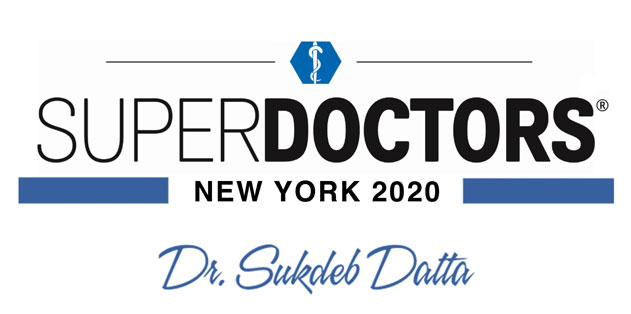Disc herniations are one of the most common spine problems around, causing a significant proportion of back pain. They are also quite treatable, with a variety of options available for affected patients. Below, we'll explore what happens during
The Spine
The spine is home to the spinal cord, which can be thought of as the body's "Information Highway." Nerve signals carrying sensory information travel to the brain from the body, and the brain sends instructions back to other parts of the body. As the spine descends, nerves branch off to reach the parts of the body. This means that the neck (cervical spine) has the highest number of nerves, while the lower back (lumbar spine) has the fewest.
If the spinal cord is placed under an unusual amount of pressure, patients can experience problems such as pain and neurological symptoms, as we will explore below.
The Discs
The spine is composed of interlinking vertebrae, small bones which protect the spinal cord. Each of the vertebrae is separated by an intervertebral disc, which serve to absorb shock, facilitate movement, and essentially protect the vertebrae from one another.
Each disc has two major parts: an inner portion which is softer and gel-like, and an outer portion which is firmer. A herniated disc occurs when the outer portion ruptures, allowing the inner portion to "spill out," potentially pressing against the nerves of the spine.
Symptoms
The symptoms of a cervical disc herniation can vary considerably depending on the exact nature of the problem. They include:
Although a cervical disc herniation can cause severe, even debilitating symptoms, the issue is quite treatable with the help of a good physician. To schedule a consultation today, please click below or call the Datta Endoscopic Back Surgery and Pain Center at (646) 374-1799.
The Spine
The spine is home to the spinal cord, which can be thought of as the body's "Information Highway." Nerve signals carrying sensory information travel to the brain from the body, and the brain sends instructions back to other parts of the body. As the spine descends, nerves branch off to reach the parts of the body. This means that the neck (cervical spine) has the highest number of nerves, while the lower back (lumbar spine) has the fewest.
If the spinal cord is placed under an unusual amount of pressure, patients can experience problems such as pain and neurological symptoms, as we will explore below.
The Discs
The spine is composed of interlinking vertebrae, small bones which protect the spinal cord. Each of the vertebrae is separated by an intervertebral disc, which serve to absorb shock, facilitate movement, and essentially protect the vertebrae from one another.
Each disc has two major parts: an inner portion which is softer and gel-like, and an outer portion which is firmer. A herniated disc occurs when the outer portion ruptures, allowing the inner portion to "spill out," potentially pressing against the nerves of the spine.
Symptoms
The symptoms of a cervical disc herniation can vary considerably depending on the exact nature of the problem. They include:
- Pain
- Tingling or numbness
- Muscle weakness
Although a cervical disc herniation can cause severe, even debilitating symptoms, the issue is quite treatable with the help of a good physician. To schedule a consultation today, please click below or call the Datta Endoscopic Back Surgery and Pain Center at (646) 374-1799.






 EDISCSCULPT
EDISCSCULPT



